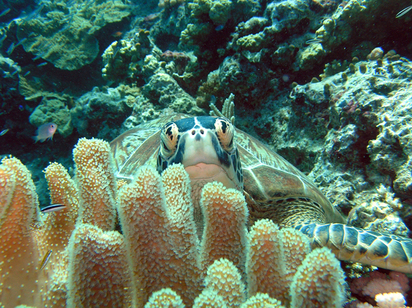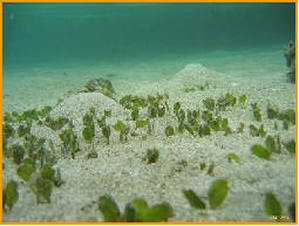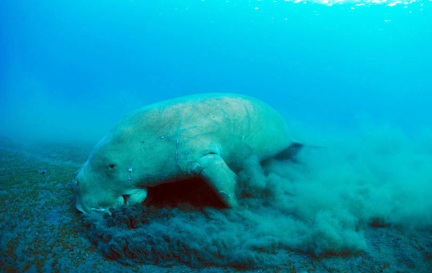
Females are coming to the beaches to make the arduous trek into the dunes to lay their eggs which, in due time, will hatch and a new generation will take to the seas.
It is an awe-inspiring thought to understand this has been happening for much longer than mankind has been on the earth. It is a barely changed pattern which, literally, seems as old as time.
At an information meeting held recently at Cowley Beach, presented by the Great Barrier Reef Marine Park Authority (GBRMPA) and the Cassowary Coast Local Management Advisory Committee, traditional owner James Epong presented some thought-provoking facts on the effects Category 5 Tropical Cyclone Yasi had on marine turtles in the region.

Robertson’s beach has retained more sand than the others and some seagrass beds, making it a vital nesting site for this coming season and measures are being trialled to protect the seagrass beds and any turtles nesting there.
Mr Epong said signage and more community involvement was required. It is good to belive we humans can help turtles and dugongs, creatures of the vast oceans. In return there is the satisfaction of giving time and having some personal interaction with these creatures of the wild which, with their ancient lineage, so deserve to retain their place in the world.

He said since the cyclone there had been a reported 10 deaths at Kurrimine Beach, seven at Cowley Beach and three at Browns Beach.
The DERM hotline for reporting dead turtles is 1300ANIMAL and anyone finding a dead turtle is asked to contact the hotline. This is important so the animal can be retrieved and a post mortem to determine the cause of death carried out. These are exceptional times and all accrued knowledge is vital.
During the 2010 turtle nesting season, seven turtles nested at Cowley Beach and 10 at Kurrimine Beach, while five nests at Brown’s beach were lost to predation either to wild pigs or goannas.
All the nests were very high in the dunes, indicating a heavy wet season.
The nests at Cowley Beach were all protected by community volunteers for the 65 days it took them to hatch, and once again the public are being asked to be careful on beaches where turtles are nesting and not to drive on them.
Mr Epong said the anticipated deaths this year as a result of the shortage of seagrass would be predominantly of males. The males stay in the region all-year round, while females travel, often reaching as far as the island of Java.
Because higher temperatures in the nest mean female hatchings, shade is important to replenish the males which will die of starvation.
He added that in these times when the protection of both turtles and dugongs is paramount, more newborn indigenous children would be given Turtle and Dugong totems so they would give these ancient sea creatures protection in the future.
Another speaker was Jennie Gilbert, who runs the Cairns Turtle Rehabilitation Centre in conjunction with the Marlin Coast Veterinary Clinic.
The Turtle Rehabilitation Centre is totally voluntary and relies on community and corporate support. For example, QANTAS will fly any injured turtle to Cairns free.
Ms Gilbert also works on the Ghost net problem on Cape York, and she confirmed since Cyclone Yasi there has been a 500percent increase in turtle strandings.
Ninety-eight percent of post mortems revealed starvation as the cause of death, while all seven recent dugong post mortems also indicated they died of starvation. Since the destruction of the seagrass beds cannot be quickly rectified it seems many more of these amazing sea creatures are likely to die.
It also seems that the wonderful community efforts which allowed successful turtle nestings last year could be even more vital this year. Our wildlife here in the Cassowary Coast is valuable in so many ways, not in the least to tourism and by increasing the quality of life enjoyed here.
Having unique creatures in our back yard is truly to be celebrated.


